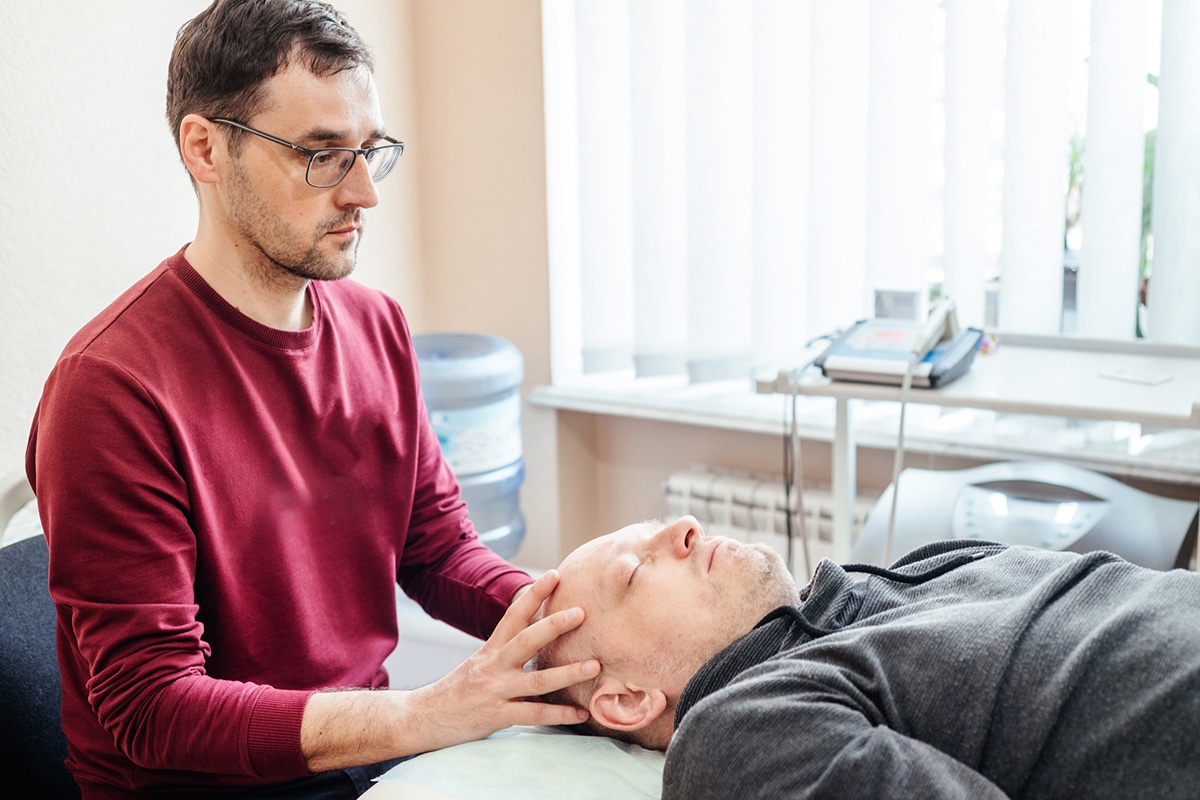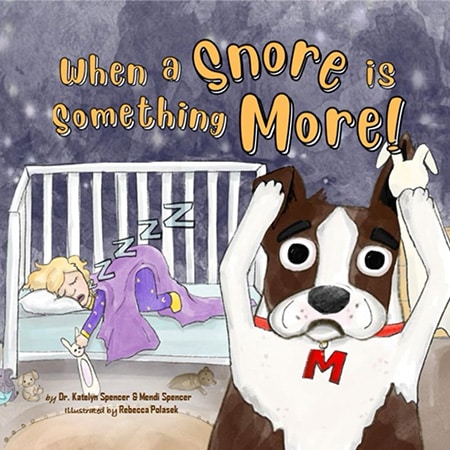
Many children and adults exhibit signs of orofacial myofunctional disorders. These issues include speech, language, chewing, breathing, and swallowing. This blog describes the top 5 signs your child may need orofacial myofunctional therapy.
5 Signs Your Child May Need Myofunctional Therapy
1. Mouth Breathing
Mouth breathing is a common sign that children may need myofunctional therapy. Children may breathe through their mouths or keep their mouths open at rest during the day or at night. These issues could lead to snoring, dry mouth, and worsening oral health.
2. Difficulty With Nasal Breathing
Children needing myofunctional therapy often have challenges breathing through their noses.
3. Tongue Thrust
When the tongue thrusts through the front teeth, even when it is not in use, this could indicate an issue that needs attention. Tongue thrust could disrupt a child's oral development and lead to malocclusion (crooked teeth) and other challenges.
4. Chewing or Eating Challenges
Children who need this type of therapy are often messier eaters than expected compared to children the same age. They may have issues with adequately chewing food or keeping it in their mouths. They may also have trouble opening and closing their mouths and difficulty swallowing.
5. Persistent Oral Habits
Children in need of myofunctional therapy often have oral habits like tongue thrusting, thumb- or finger-sucking, and pacifier use that continue past the expected age when most children stop practicing them.
How Myofunctional Therapy Works
Myofunctional therapy is a series of exercises that train and strengthen the muscles controlling swallowing, eating, chewing, and breathing, among other functions.
Some of these beneficial exercises include:
- Singing
- Breathing exercises
- Playing a whistle or recorder
- Tongue and lip training movements
Myofunctional therapy can help patients from toddlers to adults, including those dealing with TMJ (temporomandibular joint) disorders and obstructive sleep apnea.
Frequently Asked Questions About Myofunctional Therapy
What causes myofunctional disorders?
Myofunctional disorders can stem from a number of issues:
- Blocked nasal passages due to chronic allergies or tonsil shape and size
- Facial and oral anatomy that allows the tongue to be misplaced while resting
- Jaw formation issues
- Childhood oral habits (pacifier use or thumb-sucking) after 3 years of age
Can my child achieve regular oral and facial function after this therapy?
Many children experience relief from their symptoms after a successful course of myofunctional therapy, plus a physician's or dentist's care. Our myofunctional therapist works closely with other professionals, such as dentists and oral surgeons, to combat symptoms in different ways.
At MarvelMyo & Speech, we offer online evaluations and therapy for patients of all ages. We specialize in helping children improve their oral and facial function. If you notice that your child has any of the symptoms described above, don't wait to find appropriate care. Please contact us to schedule your consultation today.

